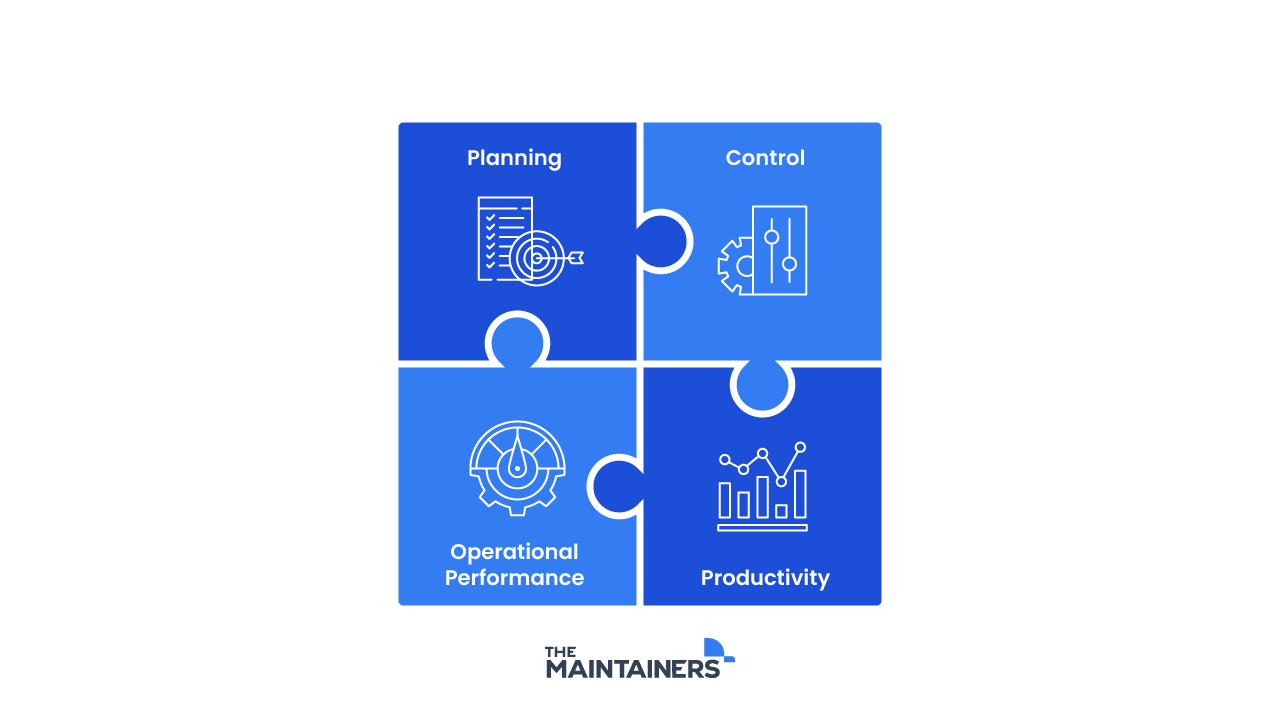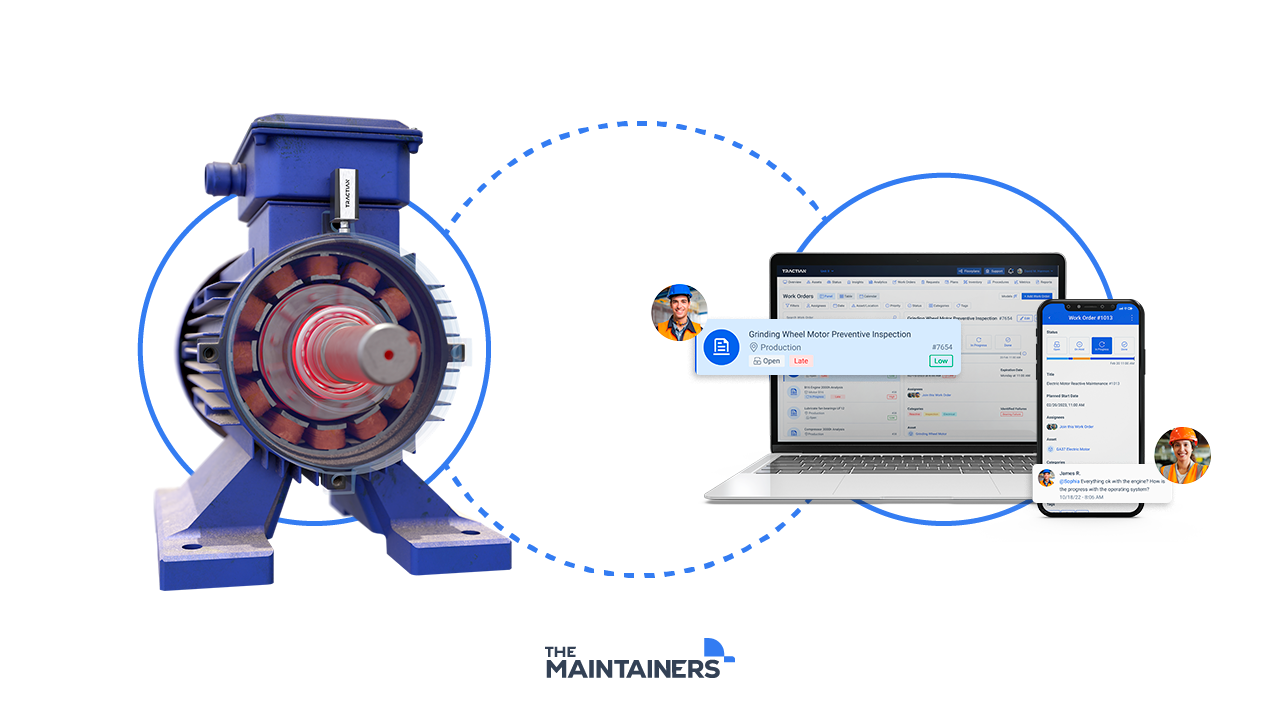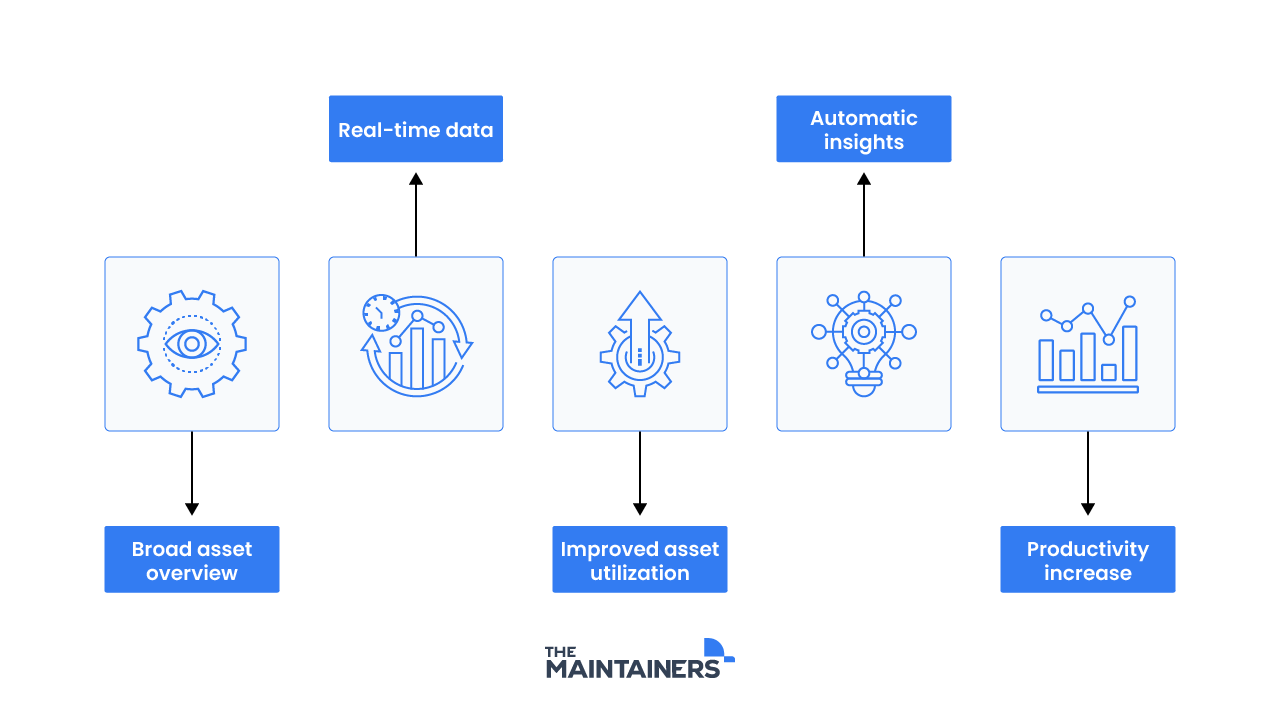Companies in every industry from manufacturing to food and beverage (and everything in between) face unique challenges based on the machinery and assets they use and the products they produce.
Regardless of industry, optimal machine health and functionality are crucial factors in achieving high reliability and availability rates, which in turn ensures successful operations.
Whether it be tracking maintenance or output, collecting and processing data can be difficult without a centralized system able to gather, monitor, and send managers daily data about the asset’s health and production capacity. One such system that offers a solution is an enterprise asset management (EAM) system.

What Exactly is an EAM?
An enterprise asset management (EAM) system is a software application that helps organizations manage their physical assets, connecting machines, systems and people along the entire production chain. It can help to improve efficiency, reduce costs, and improve asset reliability through the automation of operations and predictive and preventive maintenance activities, as well as streamlining essential operations in the industry.
These systems can be customized by industry or even to plant-specific needs with the goal of helping maintenance teams manage their workflows, increase reliability, and minimize downtime.
An EAM by no means replaces the human element of maintenance work, but helps determine task prioritization and ensures documentation such as inventory and work orders are in their proper place for quick reference. Learn more about work orders here.

How your Maintenance can Improve with an EAM:
- Real time data: having access to real-time information and data means asset managers have better control over the maintenance process, creating a more dynamic, efficient, and assertive maintenance routine and business operation. Compared to the more traditional process of often long and complex spreadsheets, EAM software guarantees data centralization and a quickly accessible, broad overview of the asset’s tree.
- Improved asset utilization: automatic data generation allows for better planning, more accurate technical reports, optimized inspection and maintenance scheduling routines, and more defined maintenance strategies. Since the software performs the analysis and ensures accuracy, it can self-identify if any correction is needed, reducing the need for complex interpretations.
- Inventory management: EAM software software can keep track of maintenance part inventory and ensures accurate counts of available parts through automatic count updates, reorder notifications, and up-to-date vendor directories. Regular audits of inventory items can also be conducted to verify the accuracy of the inventory levels.
- Cost management: with data regularly available to managers, technical anomalies are able to be identified much sooner, and solutions are implemented in a preventive and predictive manner, replacing corrective maintenance practices. With more precise data and reports, decision-making is not only more accurate, but costs are also more readily anticipated. Performing maintenance at the right time overall reduces both a machine’s and employees’ downtime.
- Increased productivity: with improved data collection, analysis, and overall decision making, not only is a plant’s production output improving, but so is the productivity of the maintenance team. With a more efficient management plan, time can be allocated to other essential tasks. The more predictive maintenance in place, the less corrective maintenance and emergency work!

With the increasing competitiveness across industries and the need for efficient systems, implementing an EAM system provides significant benefits that puts you at an advantage over competitors relying on traditional methods.
